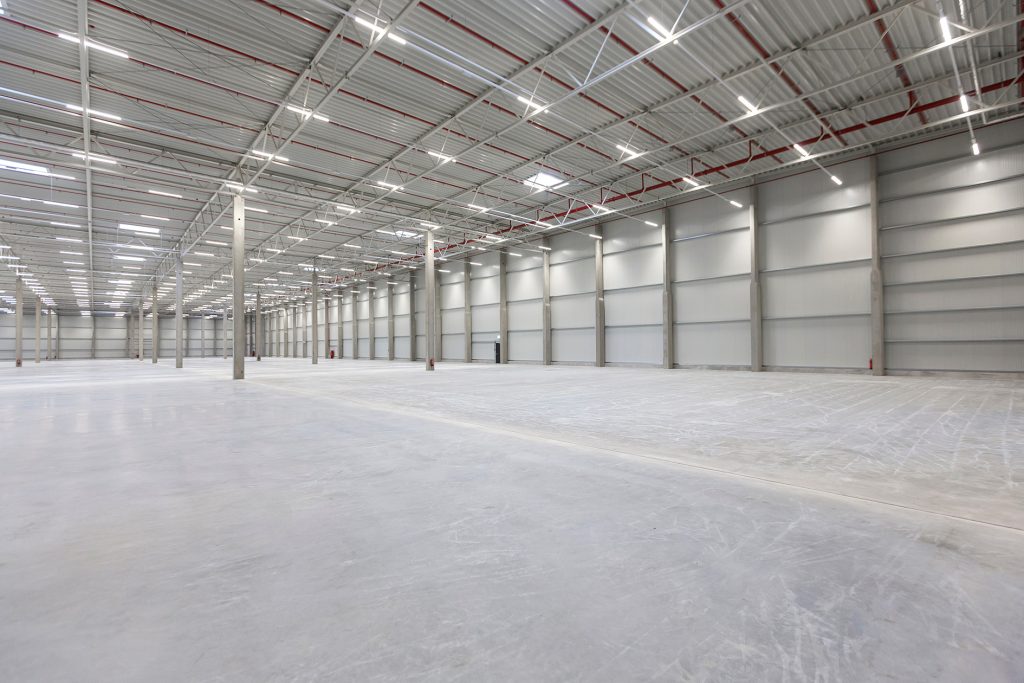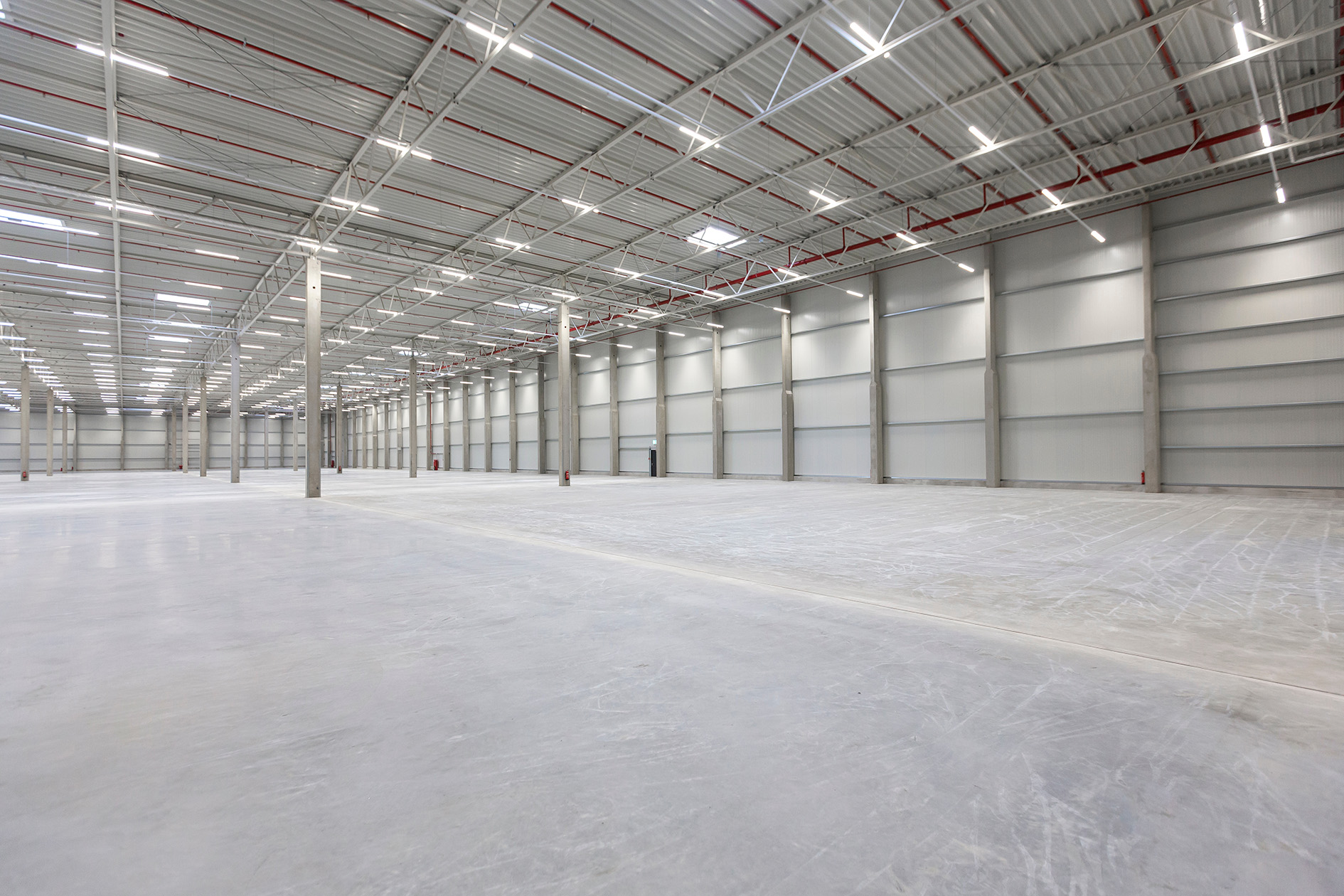As a small business owner, you are no stranger to the challenges of managing limited resources and maintaining operational agility. In today’s world, having the ability to adapt quickly to changing market conditions can be the key to your success.
One strategy that can help unlock this flexibility is the utilisation of flexible leasing options for your business.
Flexible leasing options offer small businesses the opportunity to access the equipment, technology, or office space they need without the burden of long-term commitments or large upfront investments. By leveraging these innovative solutions, you can free up valuable capital, streamline your operations, and position your company for sustained growth.
The Advantages of Flexible Leasing Options
- Financial Flexibility: Flexible leasing options allow you to conserve your working capital by minimising the upfront costs associated with traditional long-term leases or purchases. This can be particularly beneficial for small businesses that need to allocate their resources strategically to fund other critical aspects of their operations.
- Scalability: Flexible leasing arrangements enable you to scale your business up or down as needed, without being tied to a fixed-term contract. This can be especially valuable during periods of rapid growth or economic uncertainty, as you can quickly adjust your resource requirements to match your evolving needs.
- Access to the Latest Technology: Flexible leasing options sometimes provide you with the opportunity to access the latest equipment, software, or technology without the burden of owning and maintaining these assets. This can help you stay competitive and ensure your business is equipped with the tools it needs to thrive.
- Improved Cash Flow: By spreading the cost of leased assets over the duration of the agreement, flexible leasing can help you better manage your cash flow and avoid the strain of large, lump-sum payments. This can be particularly beneficial for small businesses that need to maintain a steady and predictable financial footing.
- Tax Benefits: Depending on your location and the specific leasing arrangement, you may be able to claim the lease payments as a business expense, which can provide valuable tax advantages.
Types of Flexible Leasing Options Available
- Short-Term Leases: These agreements typically range from 1 to 3 years, allowing you to access the equipment or space you need for a relatively short period of time.
- Renewable Leases: These leases offer the flexibility to extend the agreement at the end of the initial term, often with the option to upgrade or modify the leased assets as your needs change.
- Seasonal Leases: Designed for businesses with fluctuating resource requirements throughout the year, these leases enable you to adjust your leased assets to match your seasonal demands.
- Pay-Per-Use Leases: In this model, you only pay for the actual usage of the leased asset, which can be particularly advantageous for equipment or technology that is not in constant use.
- Bundled Leases: These agreements combine multiple leased assets, such as equipment, software, and support services, into a single, streamlined package, simplifying the management of your leased resources.
Factors to Consider When Choosing a Flexible Leasing Option
When evaluating flexible leasing options for your small business, it’s important to consider the following factors:
- Your Business Needs: Carefully assess your current and anticipated resource requirements, including the type of equipment, technology, or office space you need, as well as the expected duration of use.
- Lease Terms and Conditions: Review the contract carefully, paying attention to the length of the agreement, any renewal or extension options, and the terms for upgrading or modifying the leased assets.
- Lease Costs: Understand the total cost of the lease, including any upfront fees, monthly or annual payments, and any potential penalties for early termination or excess usage.
- Maintenance and Support: Determine who is responsible for the maintenance, repair, and support of the leased assets, and ensure that the terms align with your business needs.
- Flexibility and Scalability: Evaluate the lease’s ability to accommodate your business’s growth or changes in resource requirements, and ensure that the agreement provides the necessary flexibility to adapt as your needs evolve.

How to Negotiate a Flexible Leasing Agreement
Negotiating a flexible leasing agreement can be a delicate process, but with the right approach, you can secure terms that are favourable for your small business. Here are some tips to help you navigate the negotiation:
- Research the Market: Familiarise yourself with the prevailing rates and terms for the type of leased assets you require, so you can negotiate from a position of knowledge.
- Highlight Your Business Needs: Clearly communicate your specific requirements, including the expected usage patterns and any unique needs your business may have.
- Leverage Your Relationship: If you have an existing relationship with the leasing provider, emphasise your loyalty and the potential for future business to strengthen your negotiating position.
- Negotiate the Term Length: Try to secure a shorter initial term with the option to extend or renew, as this can provide you with greater flexibility down the line.
- Discuss Upgrade and Modification Options: Ensure that the lease agreement allows for the easy upgrade or modification of the leased assets as your business evolves.
- Seek Favourable Payment Terms: Negotiate for the most advantageous payment structure, such as monthly or quarterly instalments, to align with your cash flow.
- Understand the Fine Print: Carefully review the contract to identify any potential penalties, fees, or hidden costs that could impact the overall affordability of the lease.
Tips for Successfully Managing a Flexible Leasing Arrangement
Our biggest tip will always be to seek out the advice of a professional. At The Lease Negotiator, we have decades of experience supporting businesses in their commercial leases. Whether it’s property sourcing, lease negotiations, renewals or exiting your lease, we can take the stress away from you.
Aside from enlisting our expert help, the best place to start is to clearly define your business needs and budgets, as well as location, and ideal lease terms for your business.
Conclusion: Embracing Flexibility for Small Business Success
The ability to adapt and respond quickly to changing market conditions can be a significant competitive advantage for small businesses. By embracing flexible leasing options, you can free up valuable resources, streamline your operations, and position your company for long-term success.
To learn more about how flexible leasing options can benefit your small business, schedule a consultation with our leasing expert today. We’ll work with you to develop a customised solution that aligns with your unique needs and goals, helping you unlock your full potential for growth and success.
Take the stress out of commercial property leasing
Book Your Free 20-Minute Consultation
Whether you’re looking to secure the perfect lease or close a challenging deal, this free consultation could be the game-changer you need.
Fill out the form to schedule your call and take the first step toward a successful outcome.




